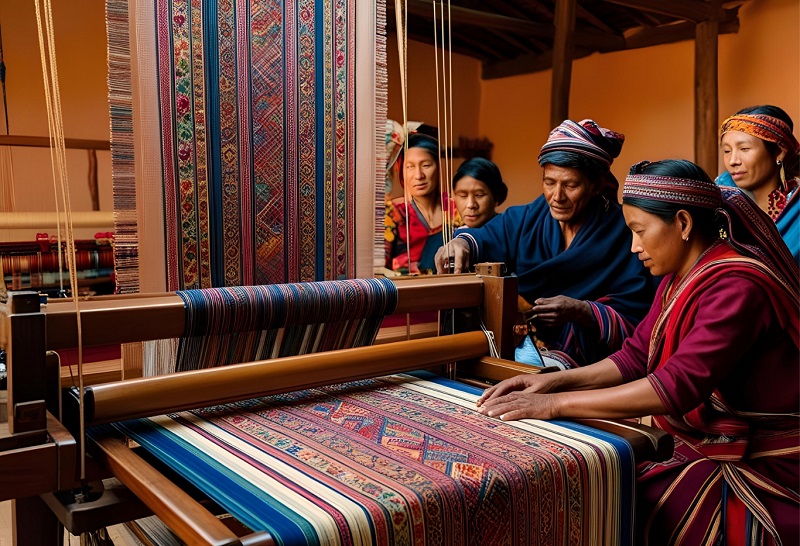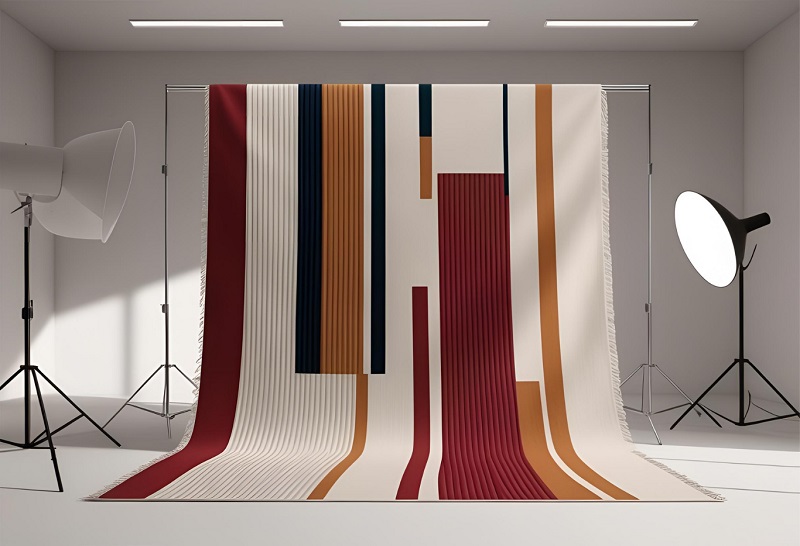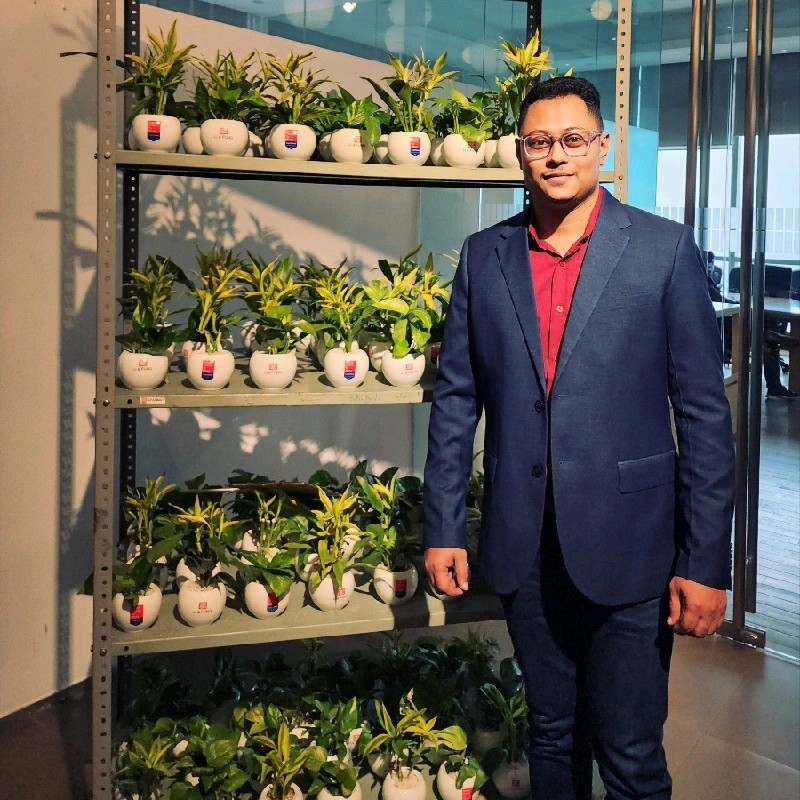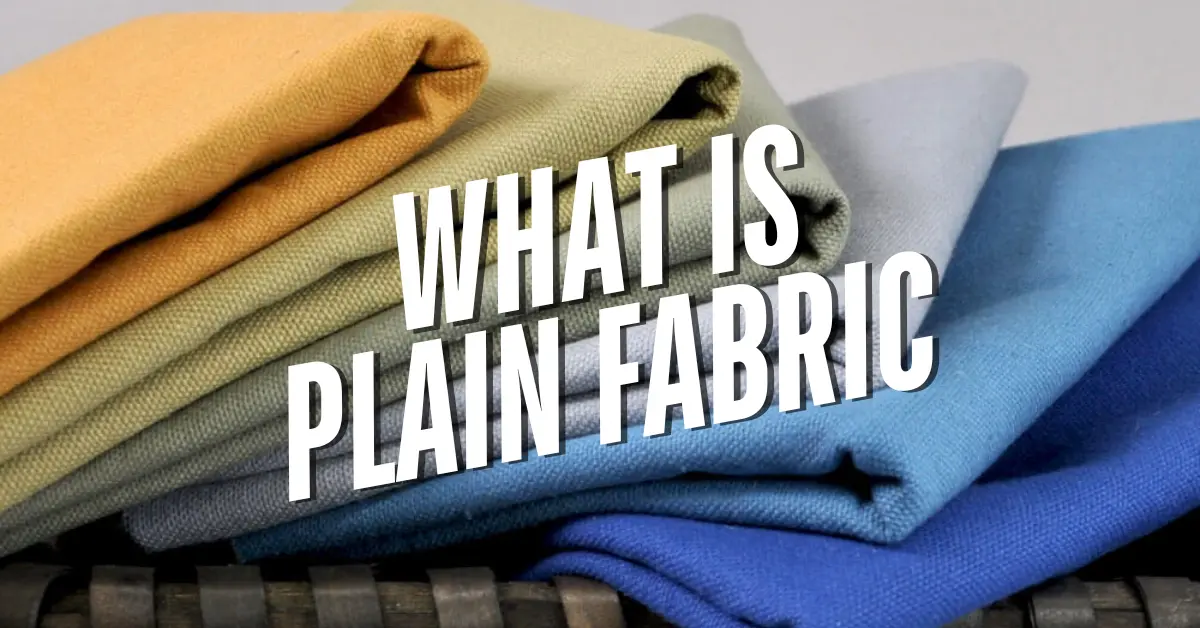Twill weave is a fundamental technique in textile manufacturing. This method creates fabrics with diagonal patterns, often referred to as “wales.” The distinct appearance and strength of twill fabrics have made them a popular choice for various types of clothing and other fabric-based applications. Whether it’s denim jeans, jackets, or upholstery, the History of Twill Weave highlights its enduring role in shaping both traditional and modern textiles.
The History of Twill Weave
Origins and Early Development

Ancient Beginnings
The roots of twill weave can be traced back thousands of years. Early evidence suggests that weaving began around 27,000 years ago, with textiles made from flax fibers. The technique of weaving itself likely evolved over time, with early weavers experimenting with different patterns and techniques, leading to the eventual emergence of the twill weave.
Twill is believed to have first appeared in ancient cultures. Early forms of twill were used by the people of the Mediterranean and Near East. These cultures developed looms capable of producing woven fabrics that were both functional and decorative. Over time, the twill weave grew in popularity for its ability to produce durable fabrics, especially useful for clothing.
Evolution in Central Asia
The art of weaving saw significant advancements in Central Asia. This region became a hub for textile innovation, with its weavers mastering more sophisticated techniques. By the time the Silk Road connected Asia to Europe, the twill weave was well-established as one of the most valuable techniques for producing textiles.
As trade flourished along these routes, the twill weave spread across the globe, influencing textile production in various cultures. Its widespread adoption marked a key moment in the history of textile manufacturing, as it enabled the production of fabrics with increased durability and aesthetic appeal.
Twill Weave in Different Cultures

Byzantine Influence
The Byzantine Empire played a significant role in advancing the use of twill weave. By the 5th century, the Byzantines were producing luxurious silk fabrics using complex twill patterns. Samite, a type of silk fabric produced using twill weave, became highly prized across Europe. It was used in garments for the elite and ecclesiastical vestments for religious leaders.
Twill weave in the Byzantine period wasn’t just about durability; it was also about status. The intricate twill patterns used in these luxurious fabrics reflected the empire’s wealth and its mastery of textile techniques.
Navajo Adaptation
In the Americas, the Navajo people adapted the twill weave technique for their own textiles. They learned and refined their weaving techniques through cultural exchanges with neighboring groups, incorporating elements of twill weave into their designs. Navajo saddle blankets, woven with twill, became highly valued for their durability and intricate patterns.
The Navajo adaptation of twill weave is an excellent example of how this technique traveled and transformed across cultures, leaving a lasting imprint on textile traditions worldwide.
Technological Innovations in Twill Weaving
Loom Advancements
Throughout history, technological innovations in loom design have played a crucial role in the evolution of twill weave. Early handlooms were simple devices, but as they evolved, they allowed weavers to experiment with more complex patterns and greater control over the fabric’s construction. By the Middle Ages, treadle looms were introduced, allowing weavers to produce finer, more intricate twill patterns more efficiently.
The introduction of mechanical looms in the 18th century revolutionized textile manufacturing. These looms increased production rates and allowed for the mass production of twill fabrics. With the advent of the industrial revolution, twill fabrics, including denim and serge, became widely accessible, transforming industries like fashion and upholstery.
Twill Weave in Modern Textiles

Contemporary Applications
Twill weave is still a vital part of modern textile manufacturing. Today, it is used in a variety of applications, from clothing to industrial uses. Denim, one of the most iconic fabrics made with twill weave, remains a staple in fashion. The unique diagonal pattern of denim gives it strength and flexibility, making it ideal for workwear and casual clothing.
Twill fabrics are also used in upholstery and interior design. The fabric’s durability makes it a popular choice for furniture that needs to withstand daily wear and tear. Moreover, twill’s ability to hold dye well ensures that the fabric retains its color, even after prolonged use.
Conclusion
Enduring Legacy of Twill Weave
The history of twill weave reflects a long-standing tradition of innovation and cultural exchange. From its early uses in ancient civilizations to its widespread adoption in modern industries, twill weave has proven to be a durable and versatile technique. The lasting popularity of twill fabrics, like denim and serge, highlights its continued relevance in the world of textiles.
As technology advances, the way we use twill weave may change, but its history of twill weave and impact on fabric production will always remain. The history of twill weave is a testament to the ingenuity and creativity that has shaped textile manufacturing throughout the centuries.

Manager – Fabric Technical and Sourcing/Product Development/ Sustainable Material Management.
I am a B.Sc .-educated Manager of Fabric Sourcing and Technology with extensive experience in the apparel and fashion industry. Passionate about trend analysis, fabric sourcing, and sustainable textile solutions, I thrive in fast-paced environments that demand innovation, adaptability, and leadership.
As a servant leader, I am committed to honesty, transparency, and continuous process improvement. My expertise spans fabric development, product quality management, and supply chain optimization, ensuring exceptional performance across all facets of sourcing and production.
Core Skills & Expertise
✔ Fabric Sourcing & Development – Specialized in regular and sustainable textiles (BCI, Organic, Recycled).✔ Trend Analysis – In-depth understanding of global fashion and fabric trends.✔ Product Development – Expertise in material innovation and process optimization.✔ Quality Management – Strong focus on process control, ensuring high-quality production.✔ Leadership & Problem-Solving – Solution-oriented approach to team management and decision-making.
Technical Proficiency
🖥 Software & Tools:▪ Microsoft Outlook, Excel, Word▪ PLM (Product Lifecycle Management)
🌱 Sustainable & Ethical Practices:▪ Better Cotton Initiative (BCI)▪ Organic & Recycled Fabric Management
Key Strengths
✅ Solution-Focused Leadership – Driving innovation and efficiency in fabric sourcing.✅ Quick Decision-Maker – Adapting to market shifts and production challenges.✅ Team Player with a Positive Attitude – Ensuring collaboration and productivity.✅ Strong Time Management – Meeting deadlines while maintaining quality.
Professional Achievements
🏆 Li & Fung GEM Award – Recognized for fabric sourcing and supply chain management excellence.🏆 Group CEO GEM Award – Honored for outstanding leadership and process innovation.

